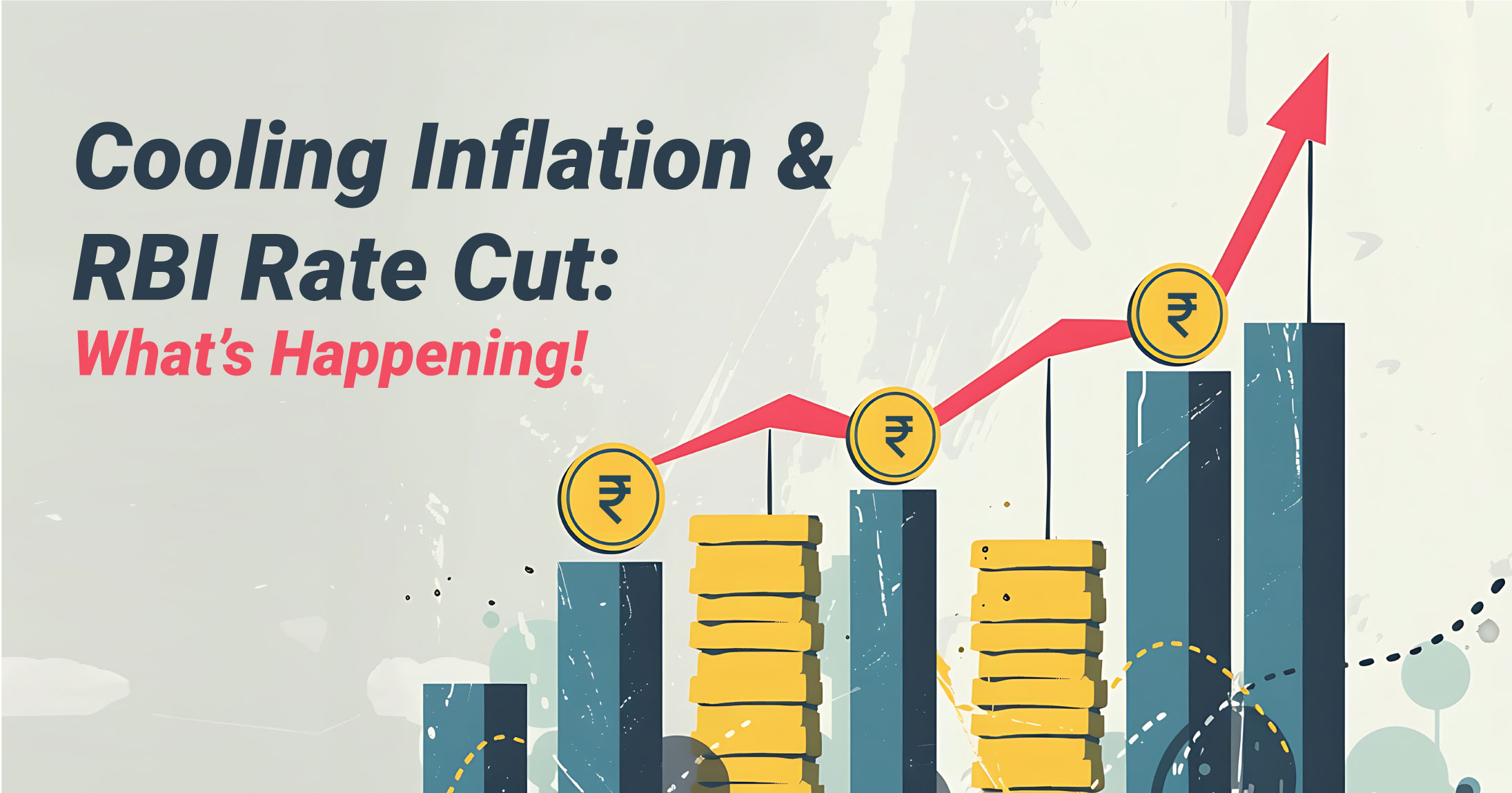
In June 2025, India’s annual retail inflation dropped to just 2.10%, the lowest in over six years. Food prices, which often spike up the consumer prices, dropped, pushing overall inflation down from 2.82% in May to 2.10% in June.
Seeing inflation hover near the lower bound of its 2–6% comfort zone, the RBI seized the moment in early June to cut its key repo rate by 50 basis points (0.50 %)—from 6.00% to 5.50%. At the same time, it trimmed the Cash Reserve Ratio (CRR) by 100 bps to boost bank liquidity. These moves mark a shift from an “accommodative” stance toward “neutral,” signalling that any future RBI rate cuts will be data‑driven.
Most home loans in India are linked to the RBI’s repo rate through external benchmarks or the Repo Linked Lending Rate (RLLR). When the repo rate falls, banks generally pass on part of the cut to borrowers. For instance, State Bank of India (SBI) reduced its RLLR from 8.25% + Credit Risk Premium (CRP) to 7.75% + CRP, effective June 15—leading to lower EMIs for new and floating‑rate borrowers.
Other leading banks like HDFC Bank, ICICI Bank, and Axis Bank followed suit, reducing their home loan spreads by 20–40 bps. A borrower with a ₹50 lakh loan at 8.25% could save over ₹1,500 per month in EMI after the cut.
Pro Tip: Check if your loan automatically resets with repo changes. Some borrowers must pay a nominal fee for a full repricing.
Cooling inflation and lower repo rates also make it a good time to consider refinancing an older loan at a higher interest rate. As an informed reader, you need to know when to switch lenders or prepay aggressively so you can save thousands over the loan tenure.
A savvy borrower will:
As banks’ borrowing costs fall, they also revise FD rates downward. SBI’s latest hike-and-cut cycle saw 1‑year FD rates trimmed from 6.85% to 6.55% for regular customers (and 7.05% for senior citizens) as of June 15, 2025. By July 15, the range for SBI FDs (across tenors) stood between 3.05% and 6.45% for general citizens. Other major banks (HDFC Bank, ICICI Bank) have followed suit, with 1‑year FDs now hovering around 6.25%–6.50%.
With retail inflation at just 2.10%, a 6.5% FD still generates a real return of about 4.4% (6.5% – 2.1%). That’s appealing compared to the past few years, when inflation often outpaced FD rates. But as banks cut FD rates further, real yields will compress.
If FD rates fall below 6%, consider these alternatives:
Always weigh risk, tax implications, and your investment horizon.
Cooling inflation and an RBI rate cut are powerful forces influencing both borrowing costs and savings returns. Armed with these insights, you can make wise decisions—lightening your home loan burden and ensuring your FDs still work hard for you.